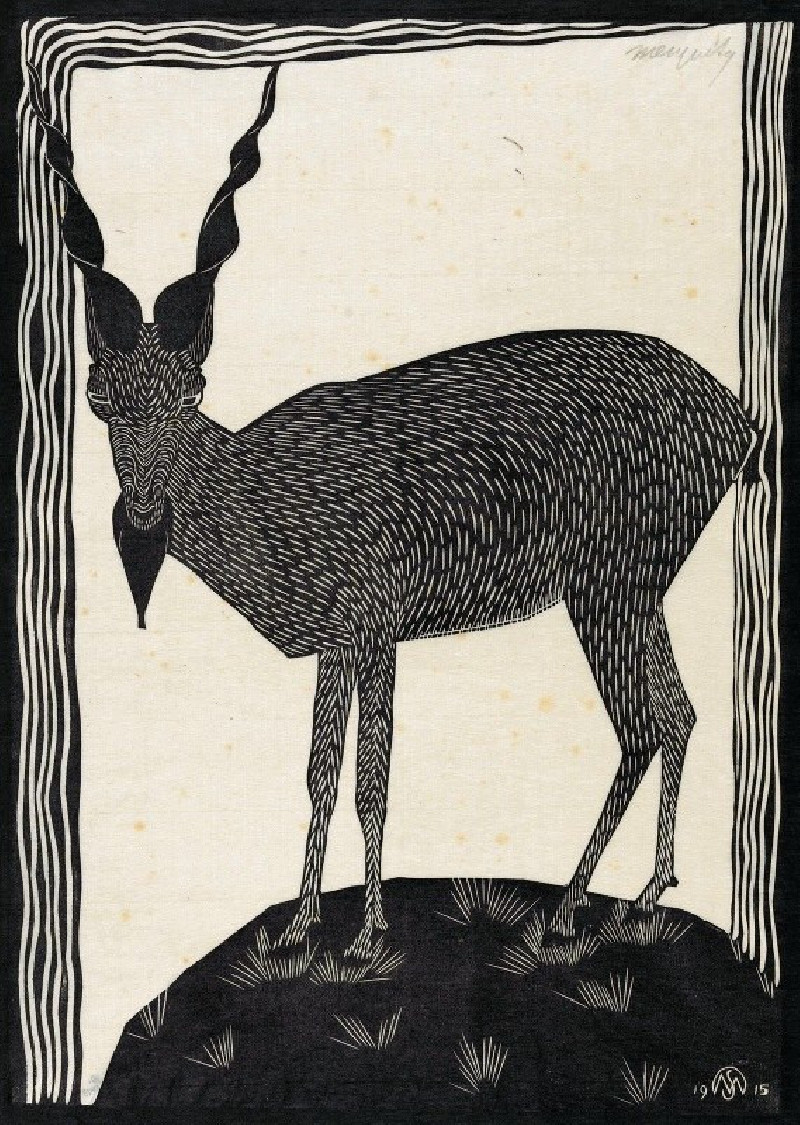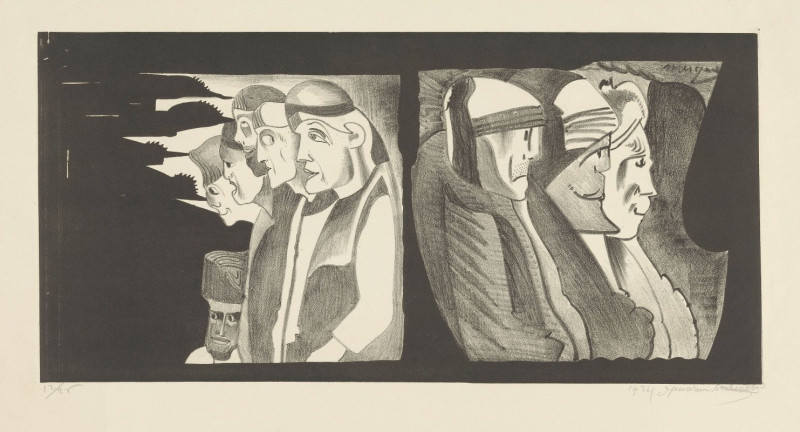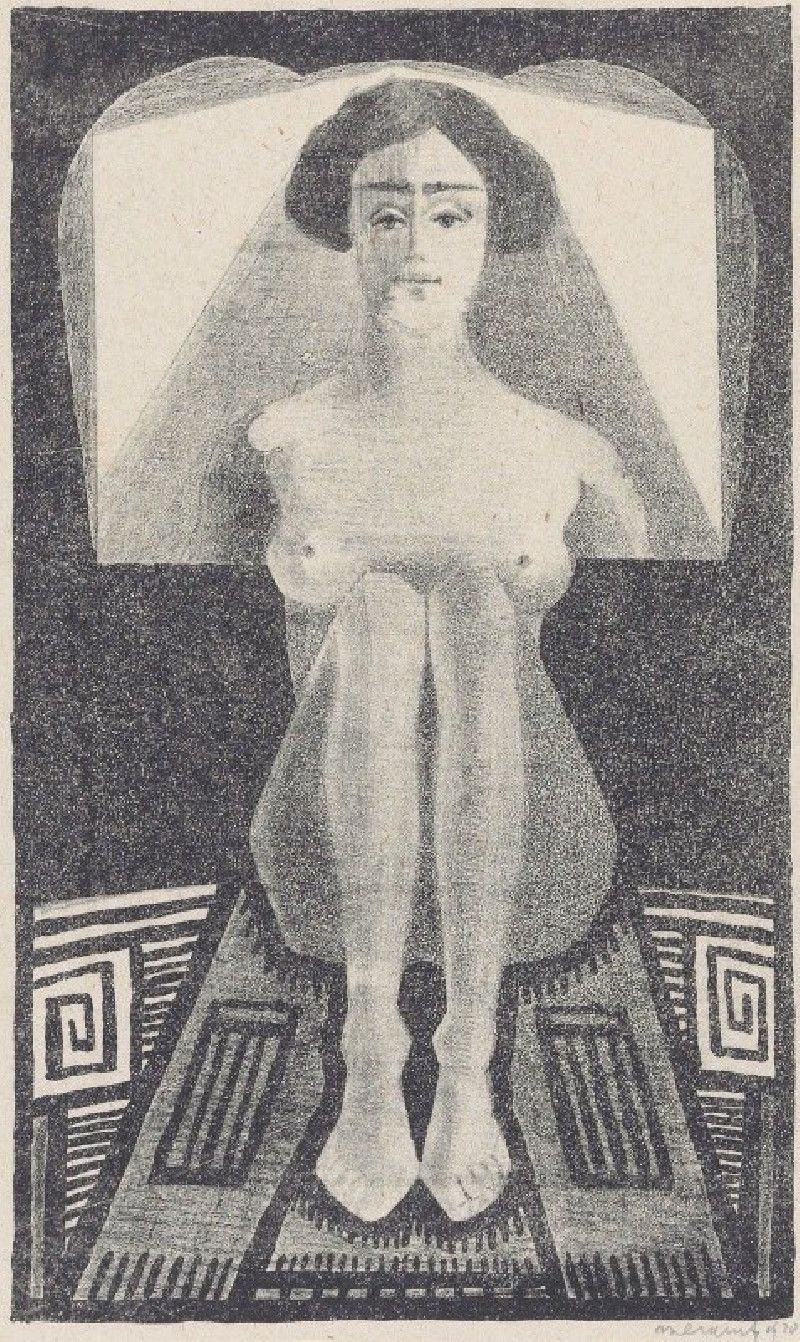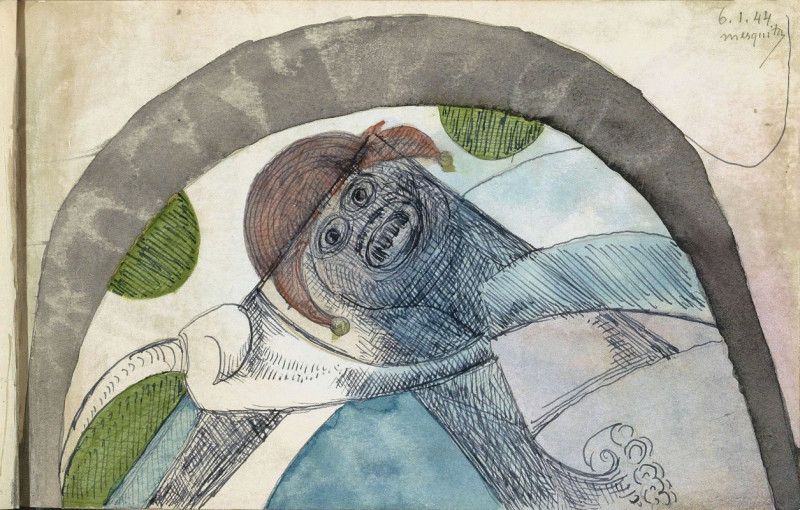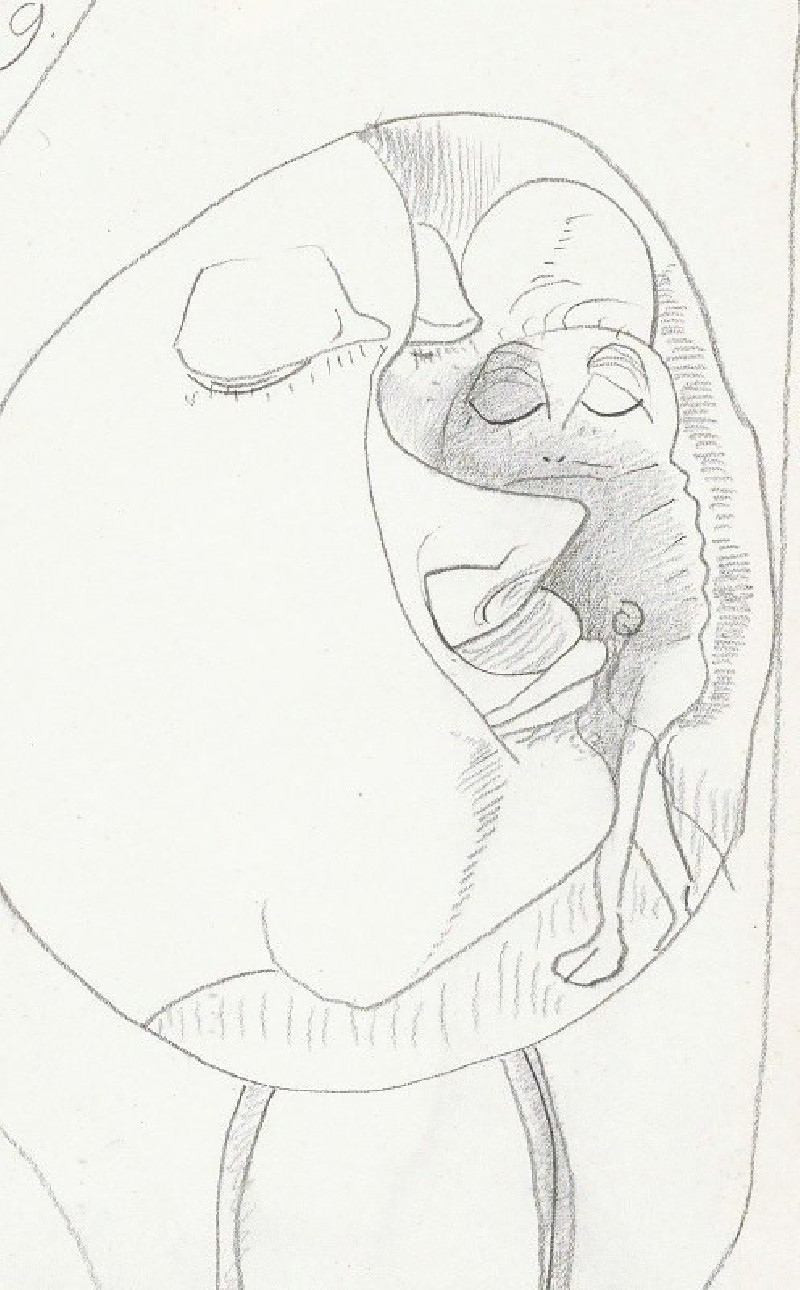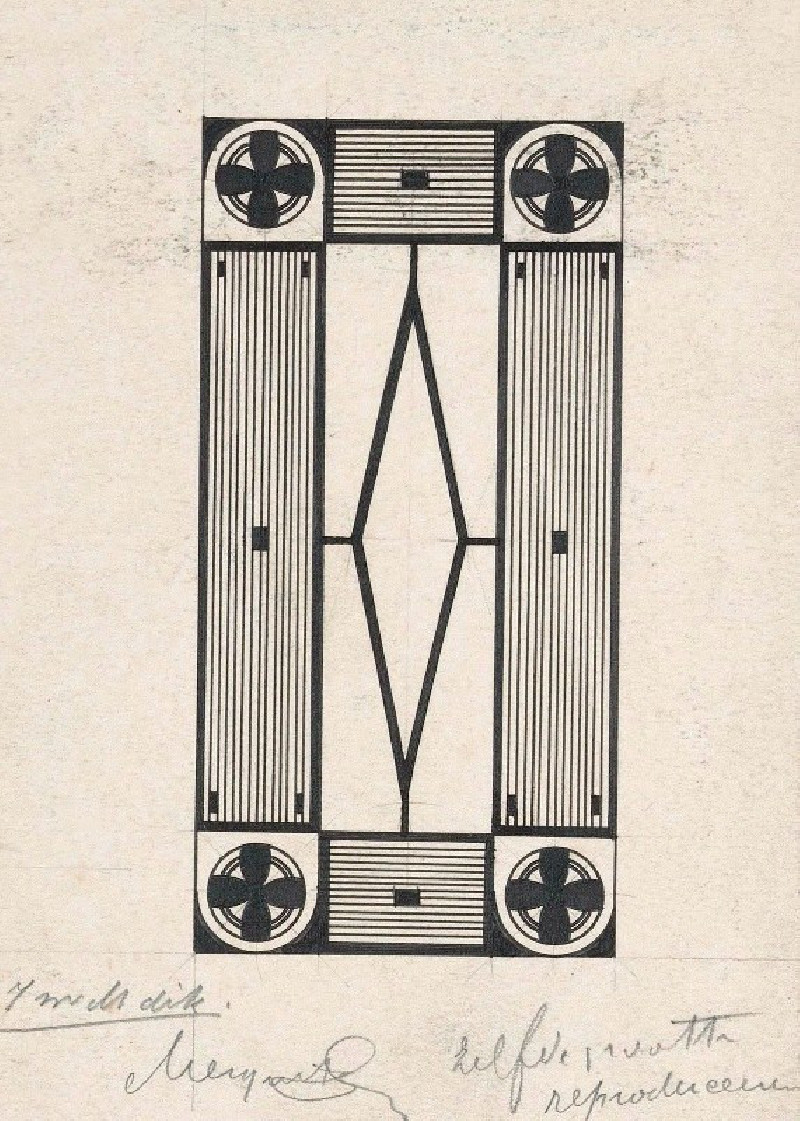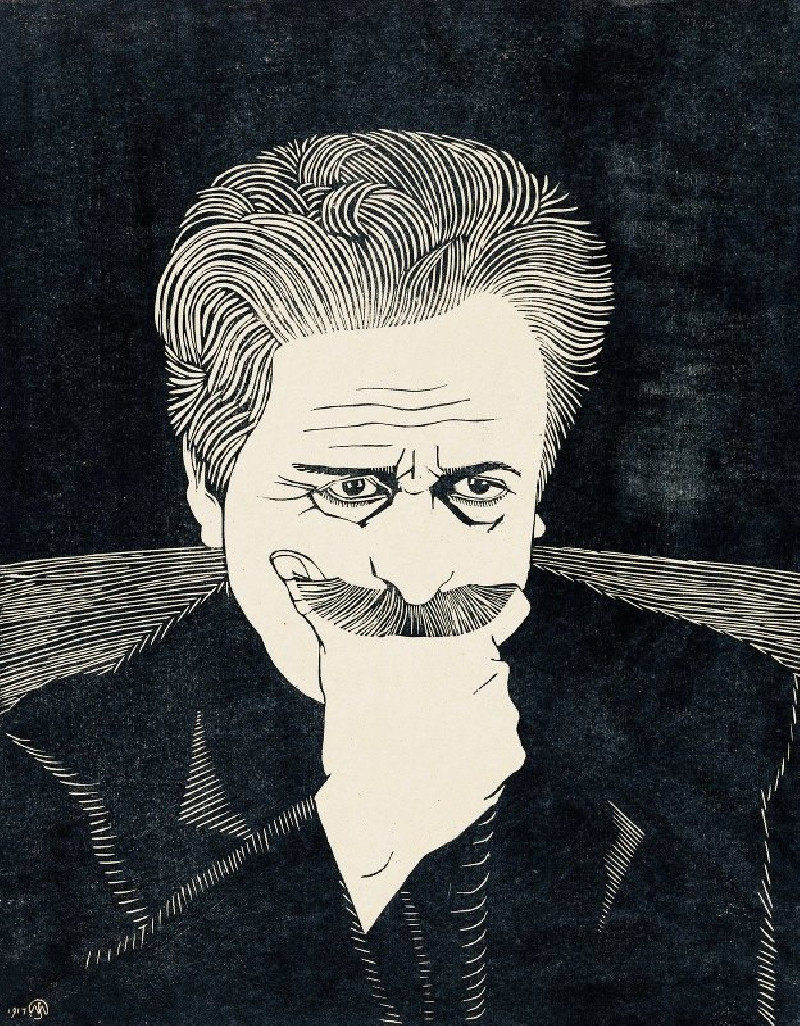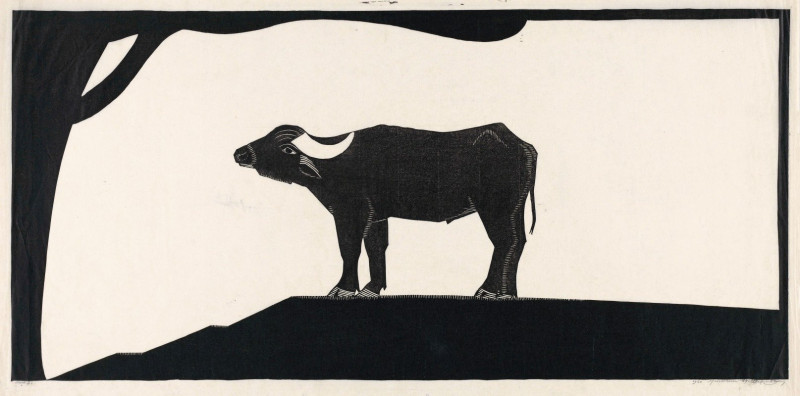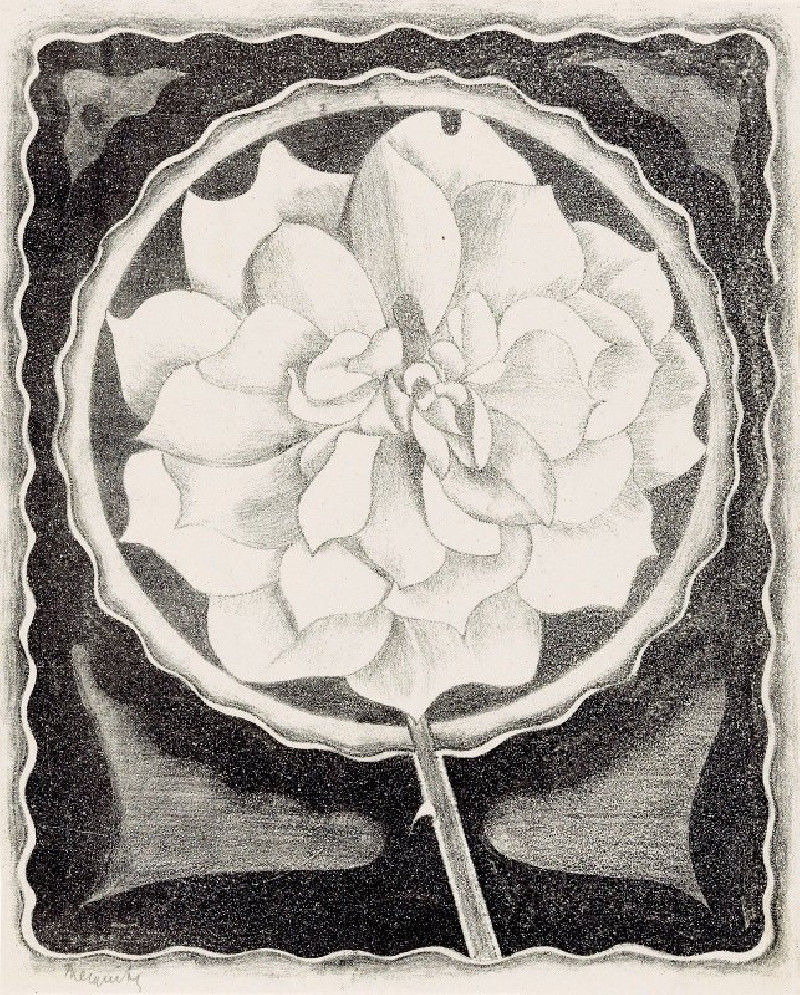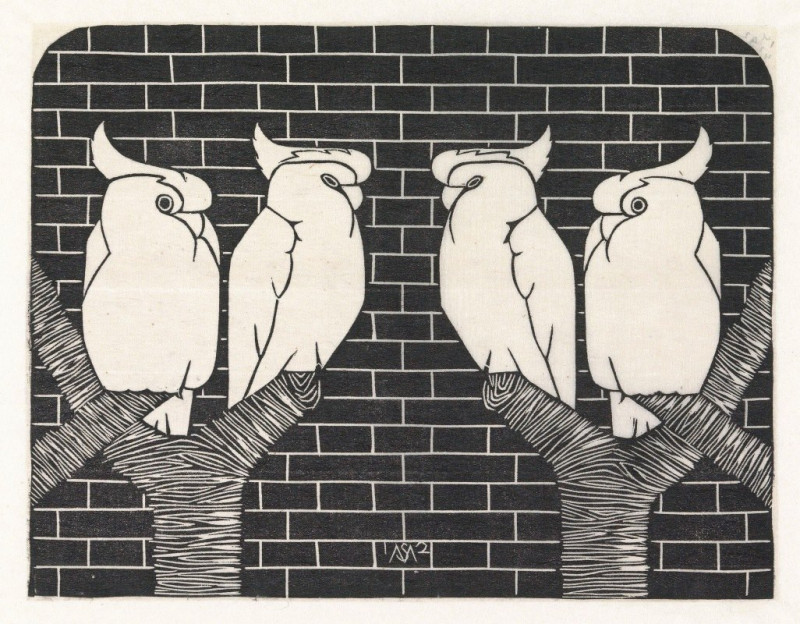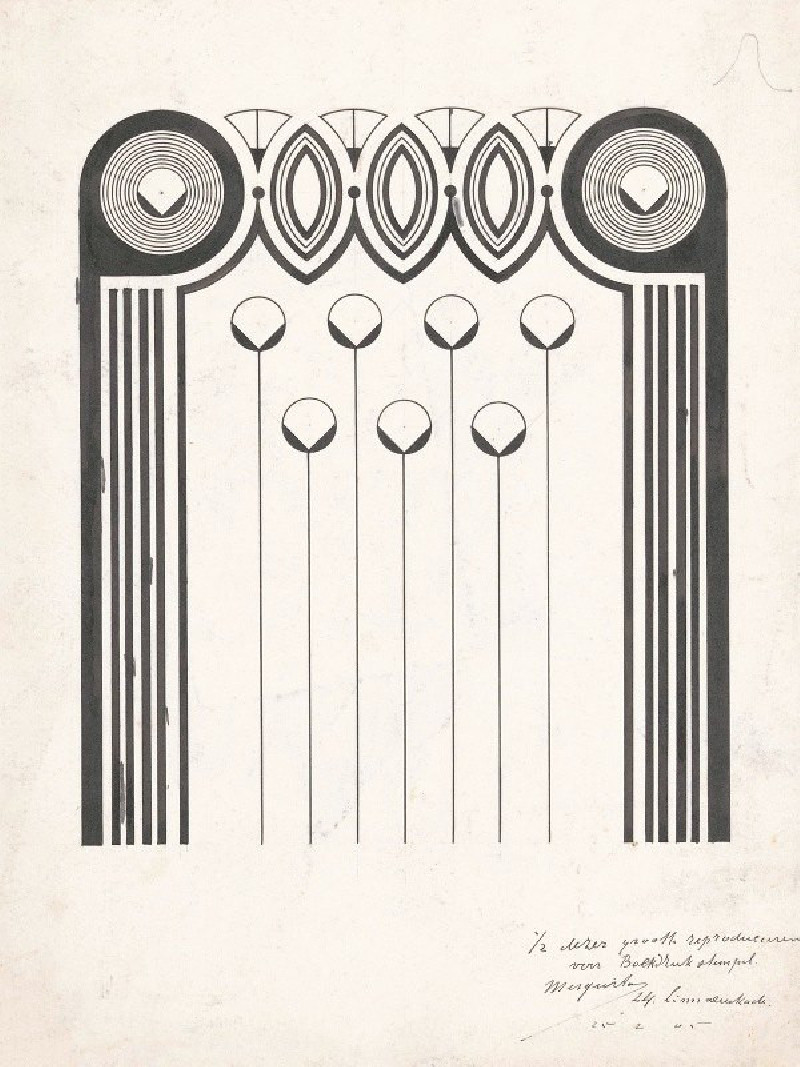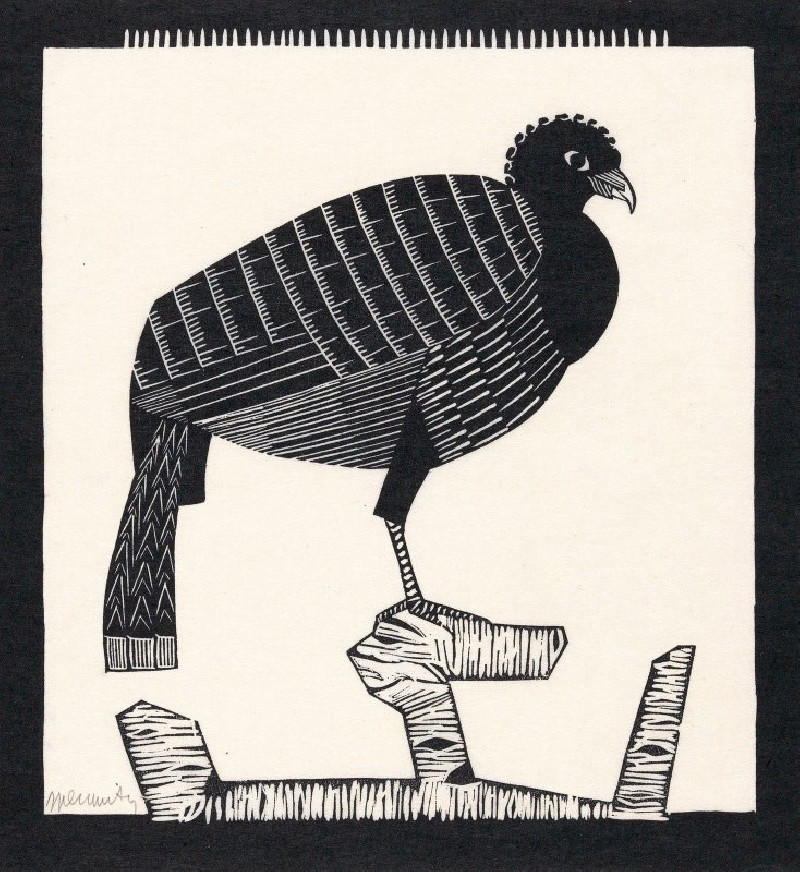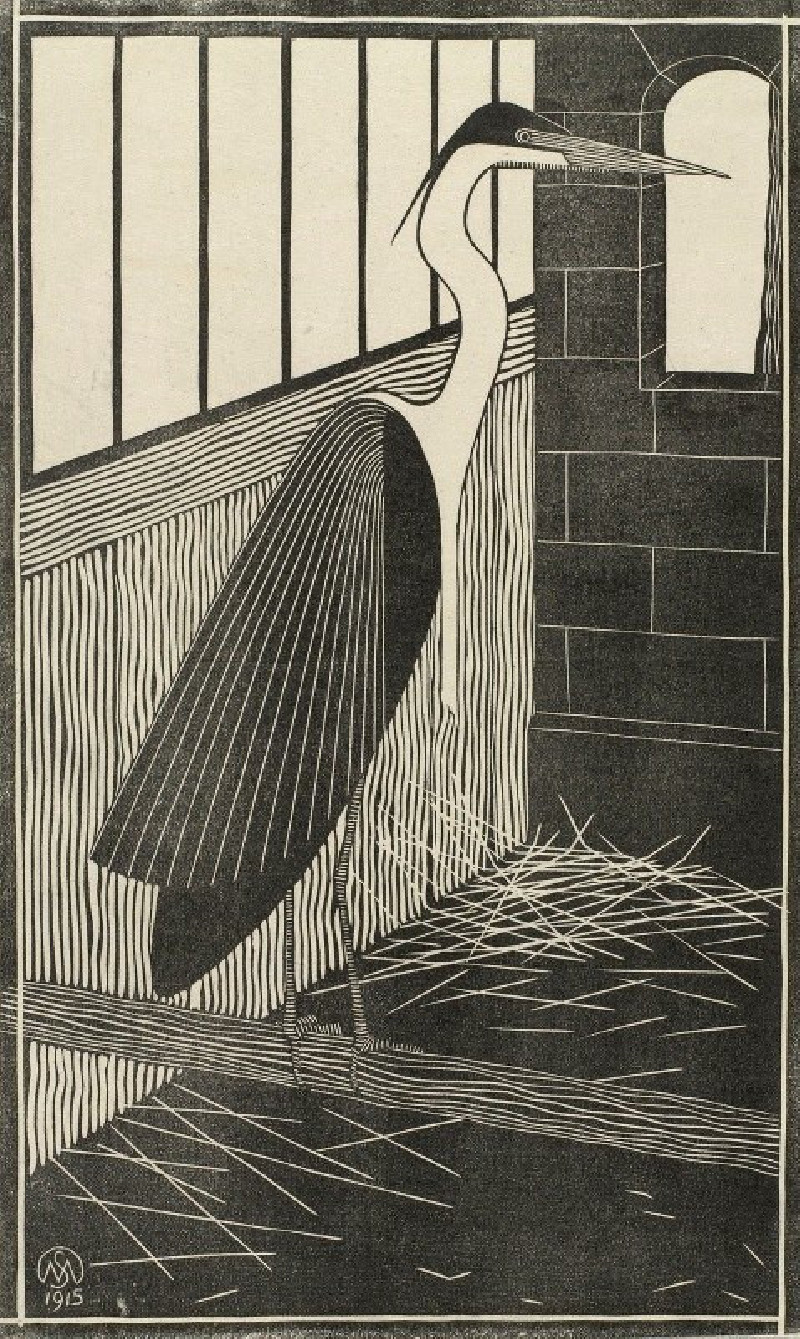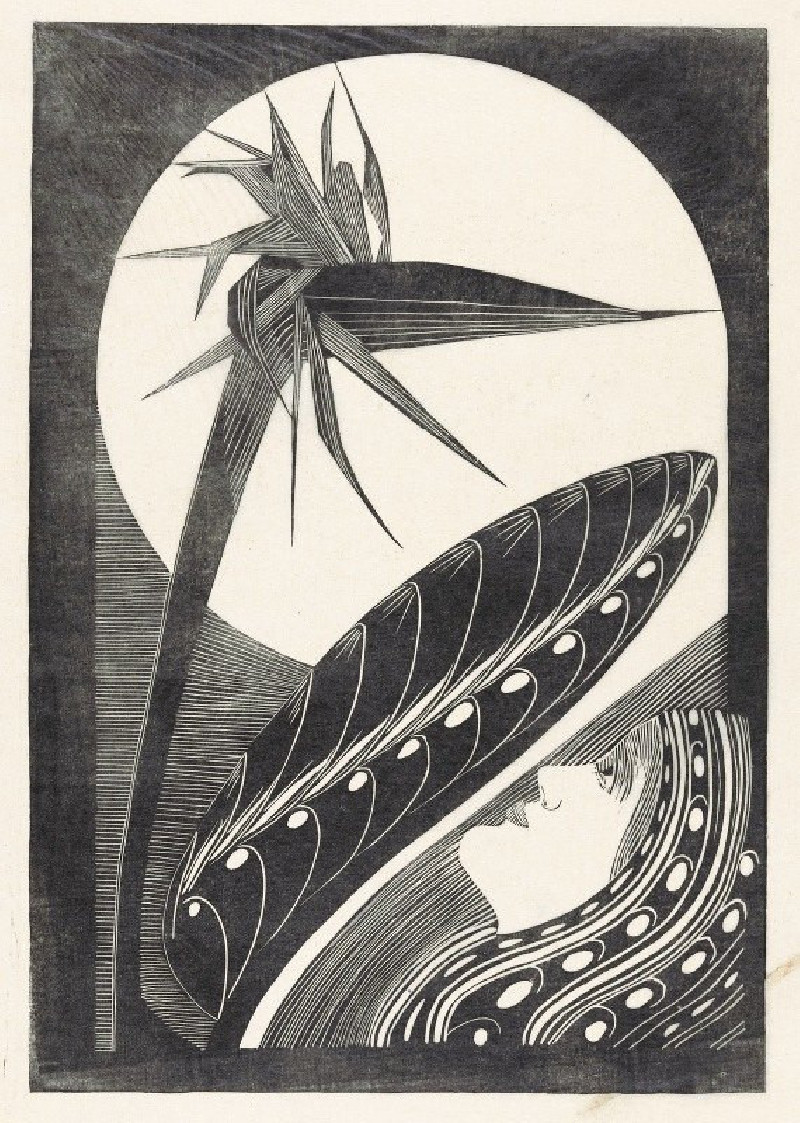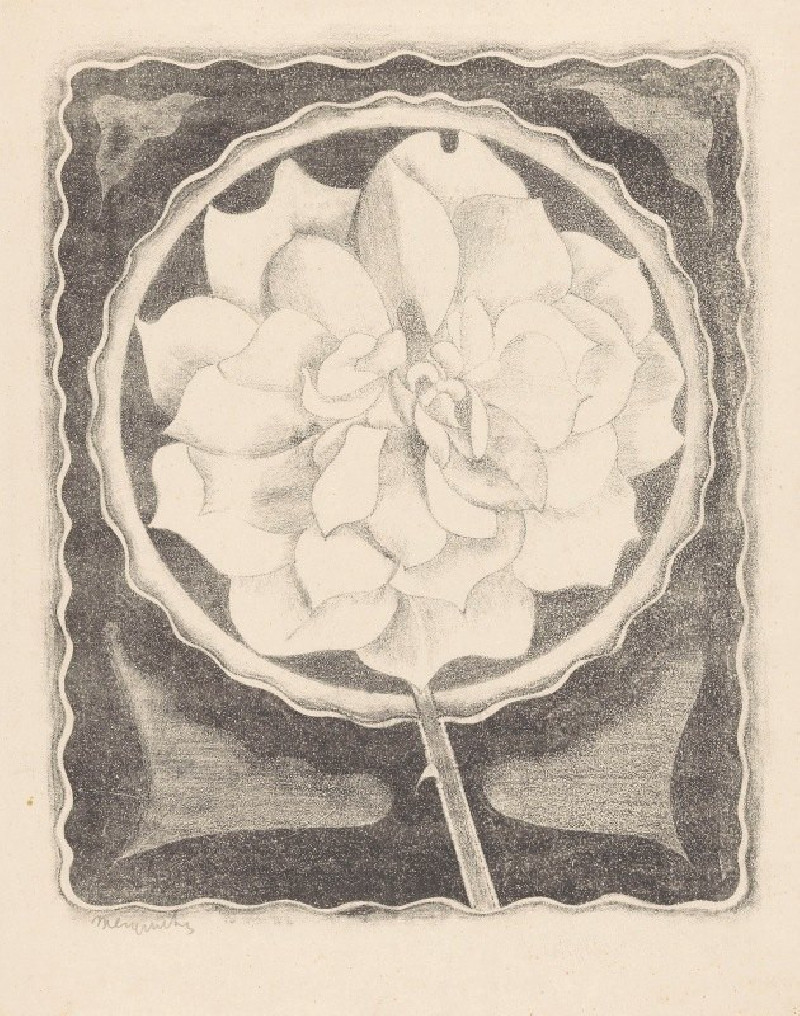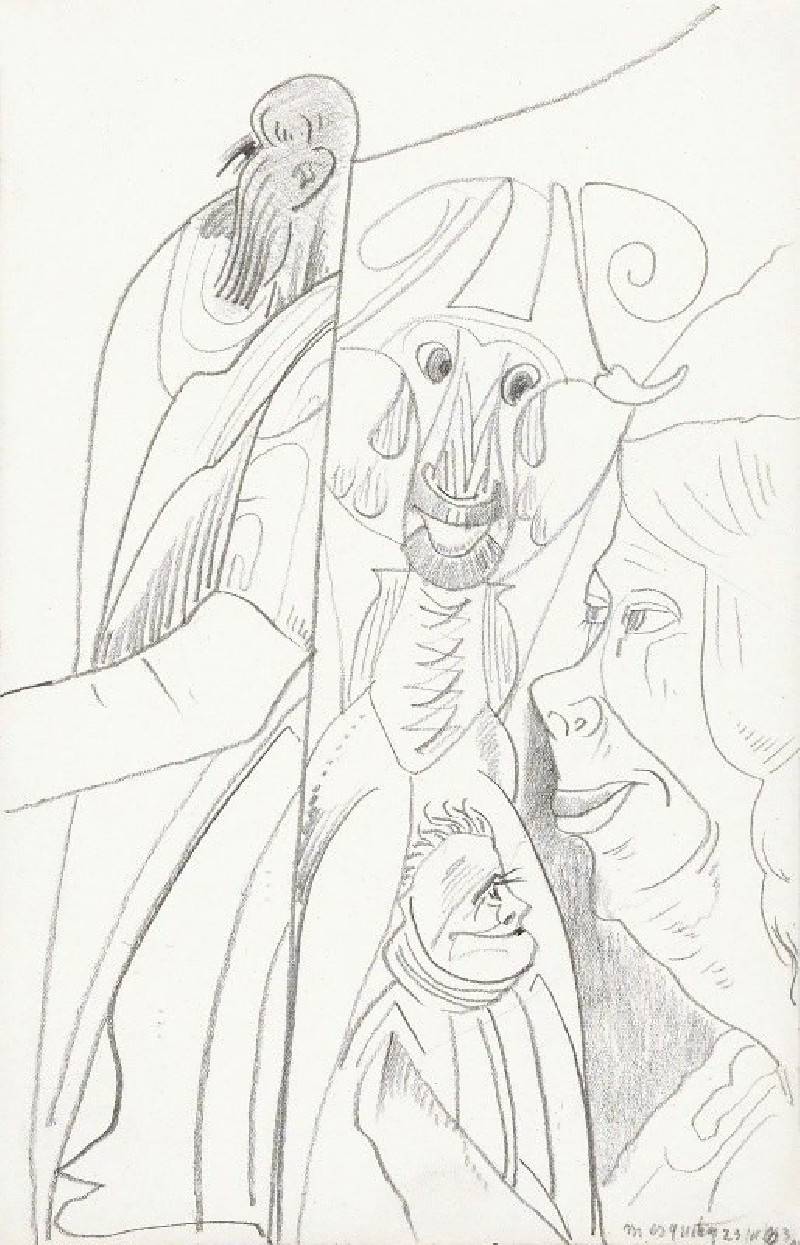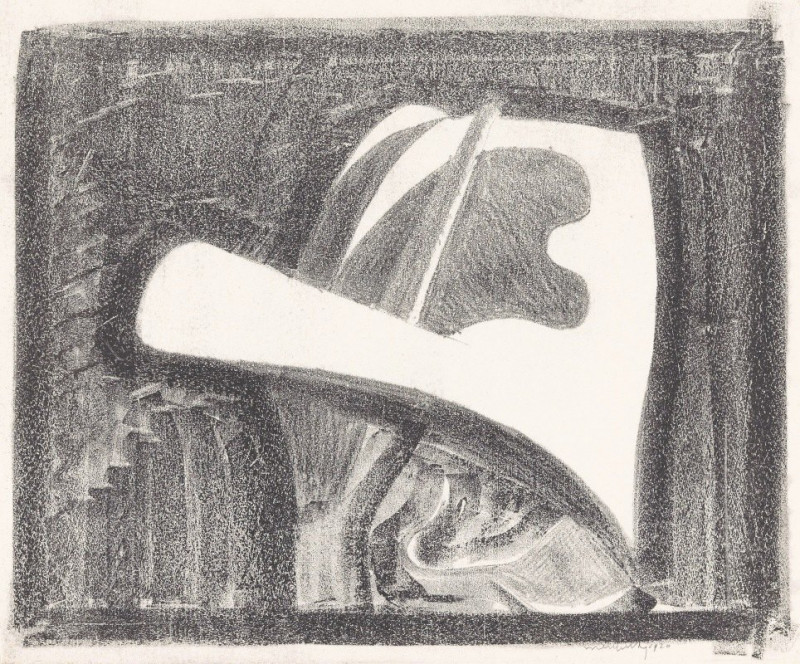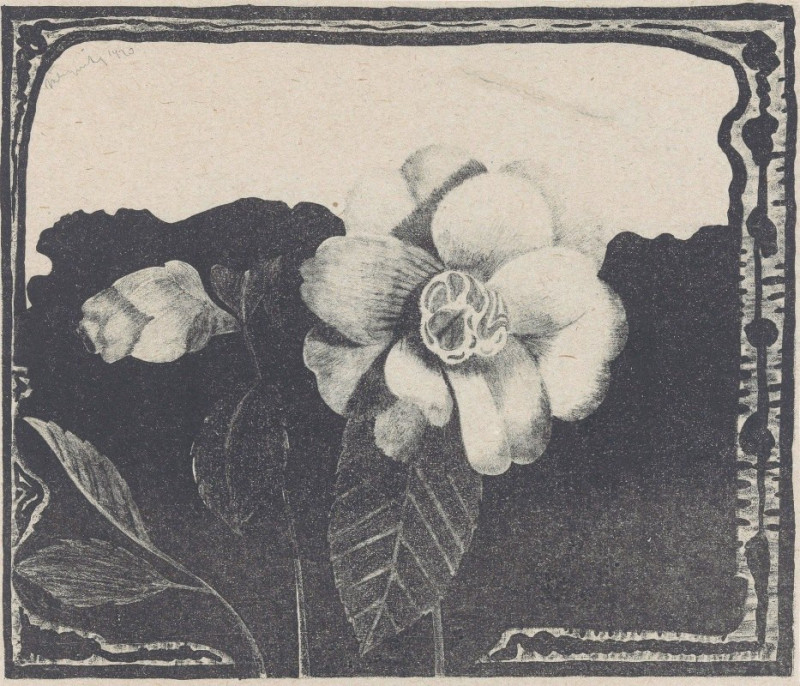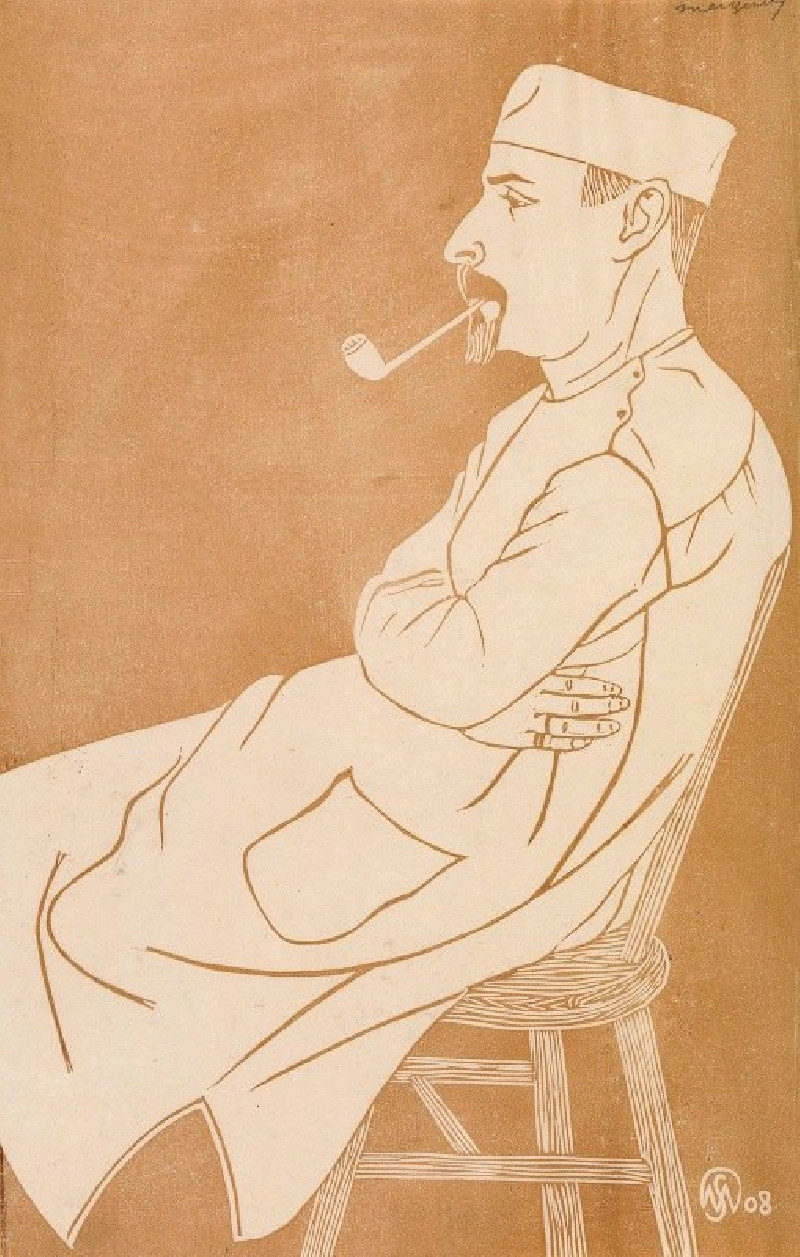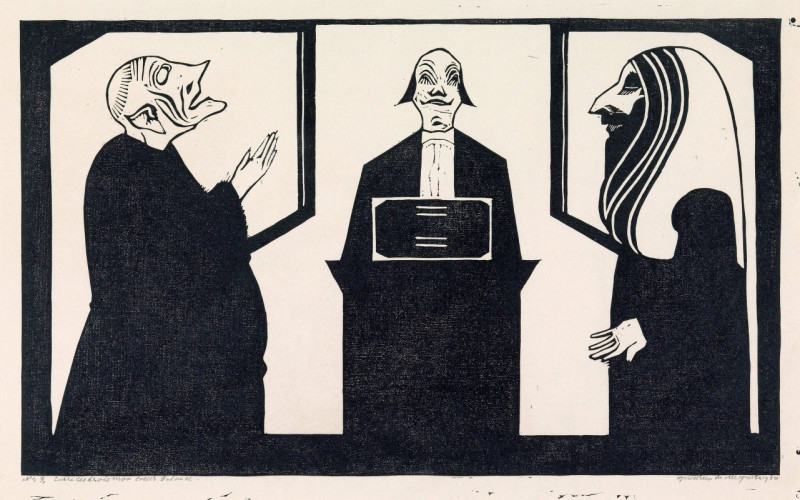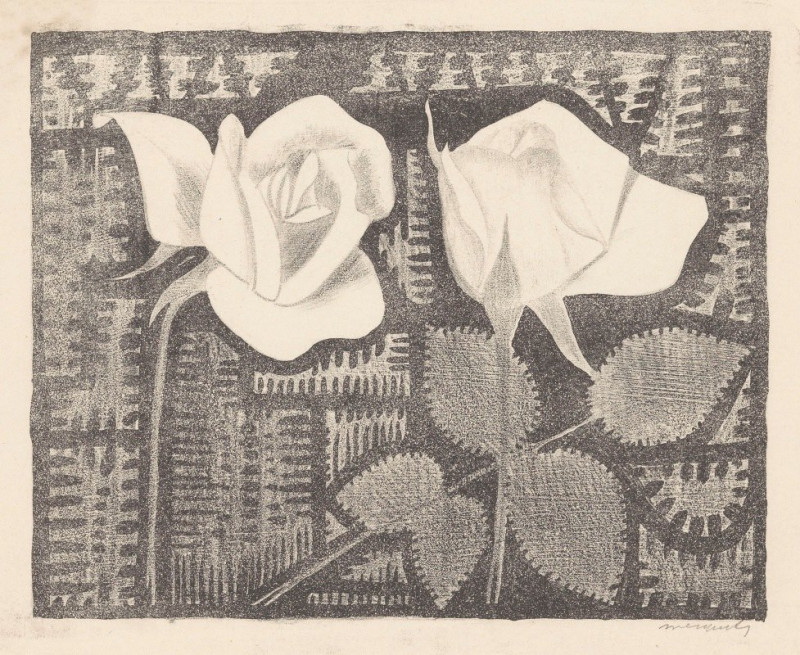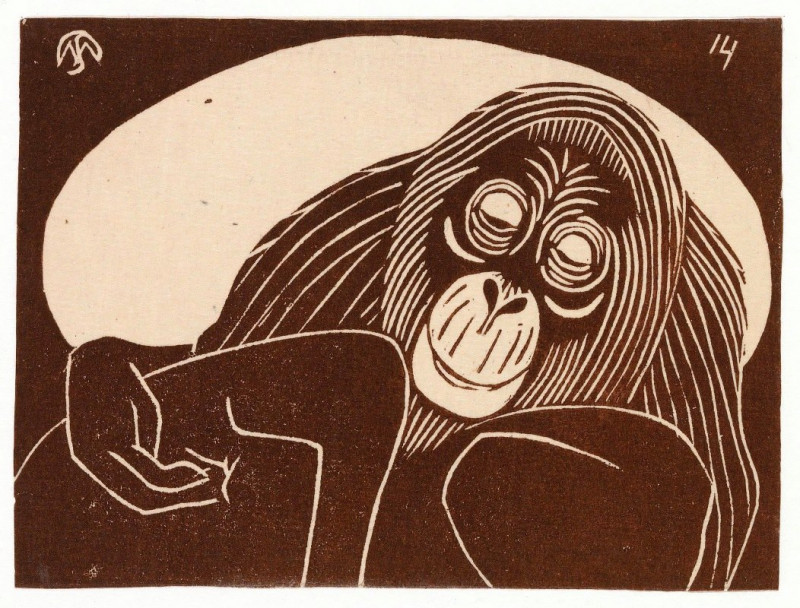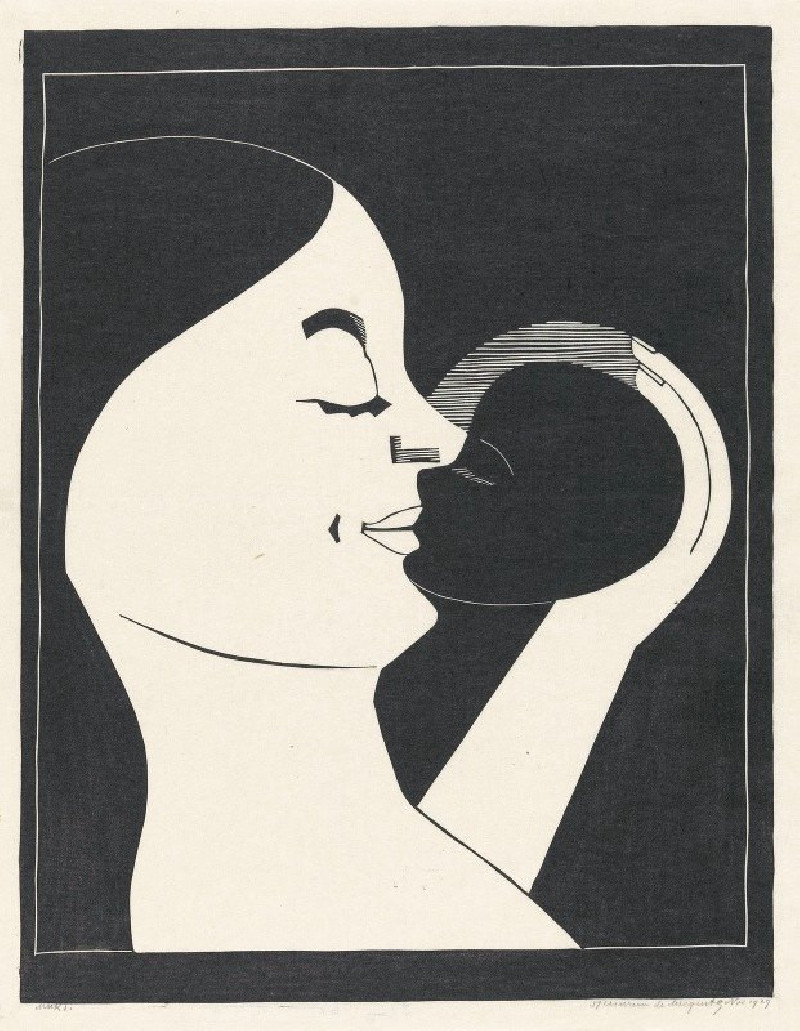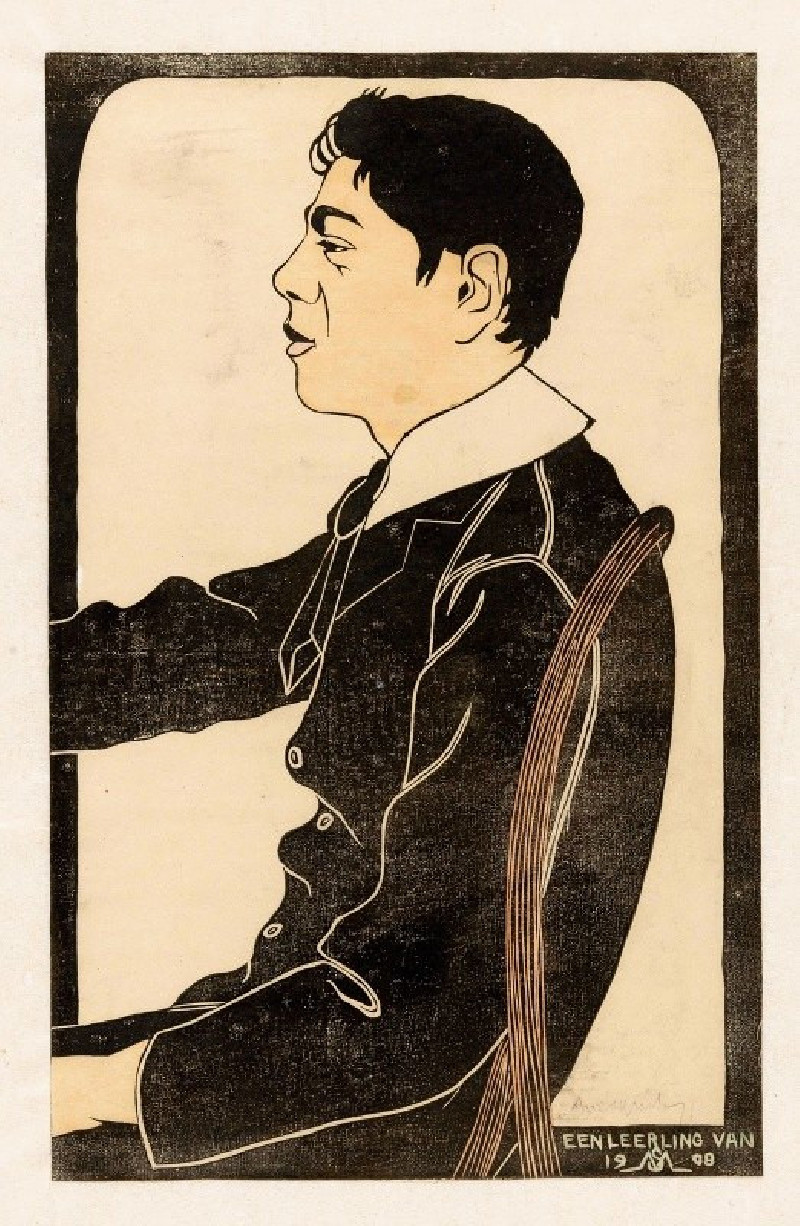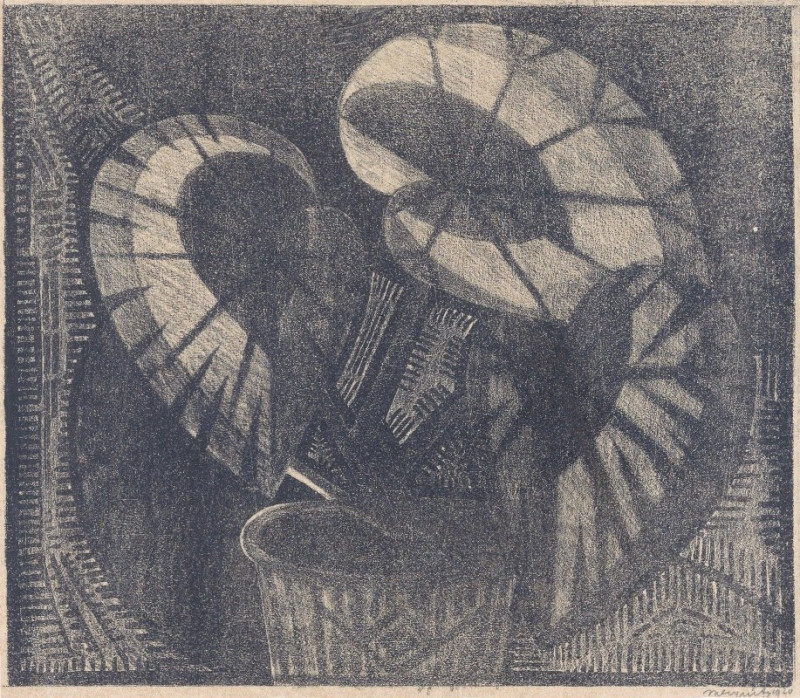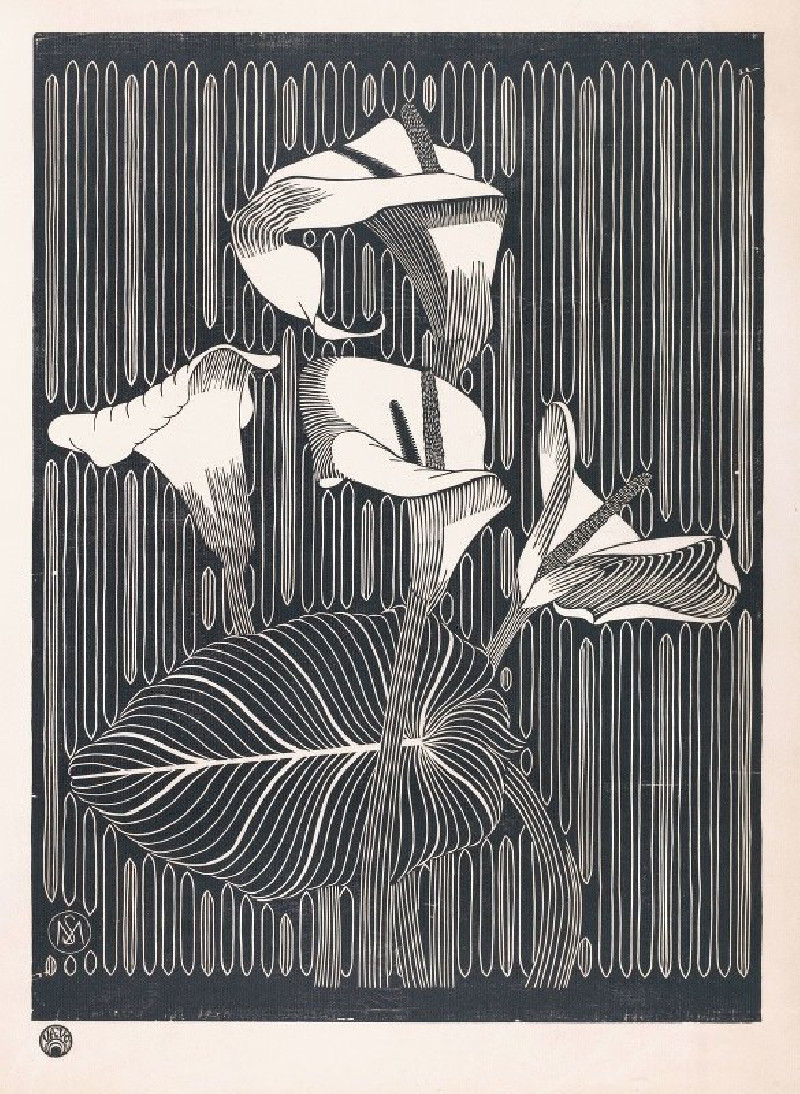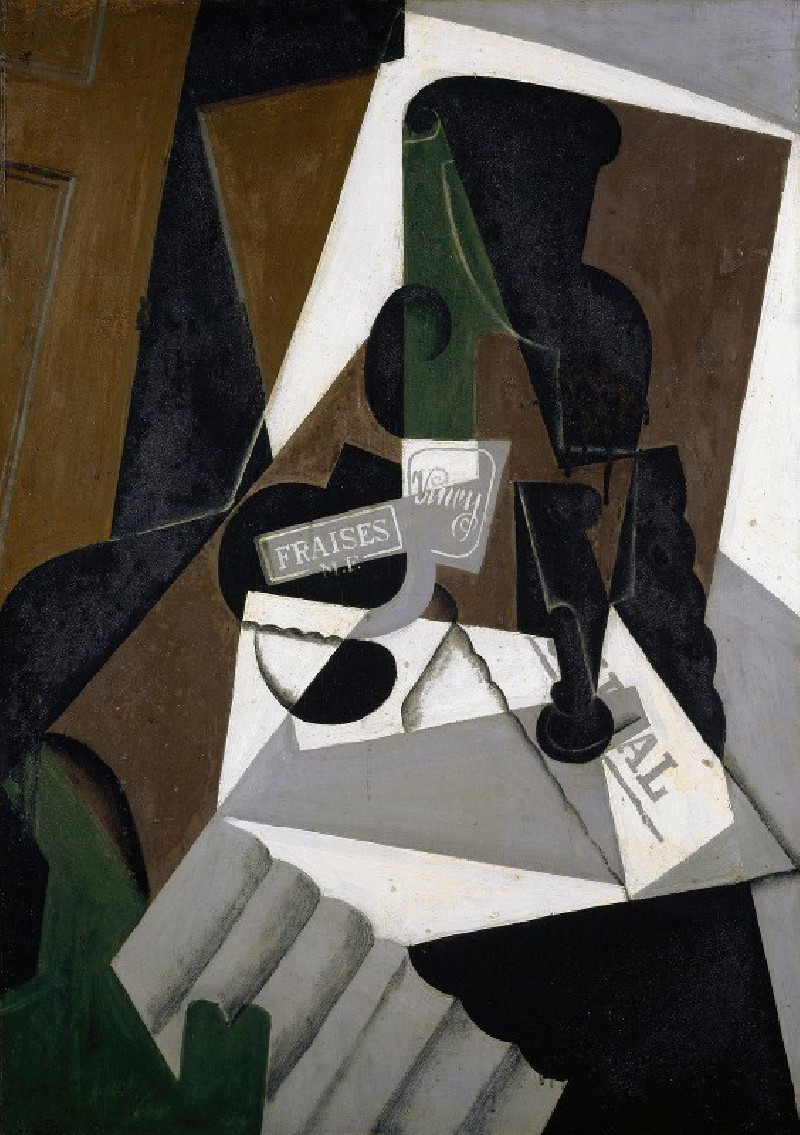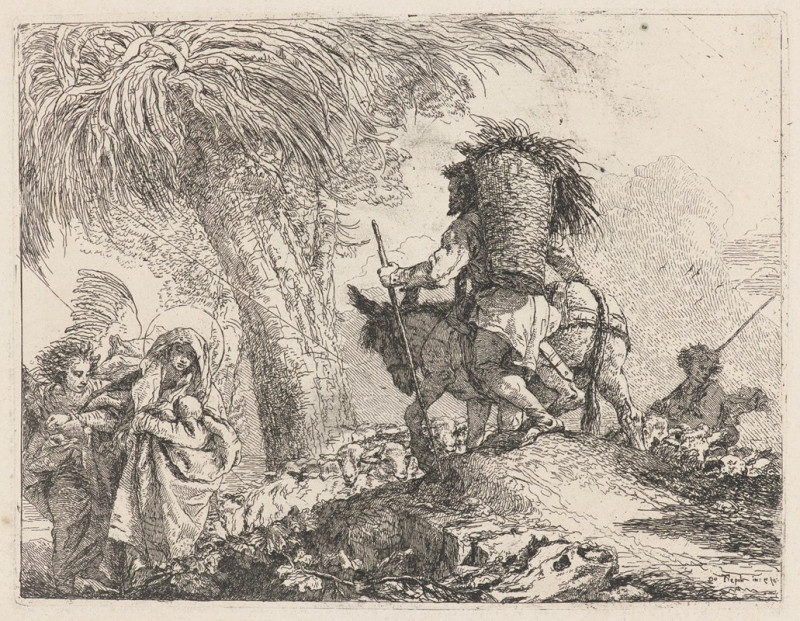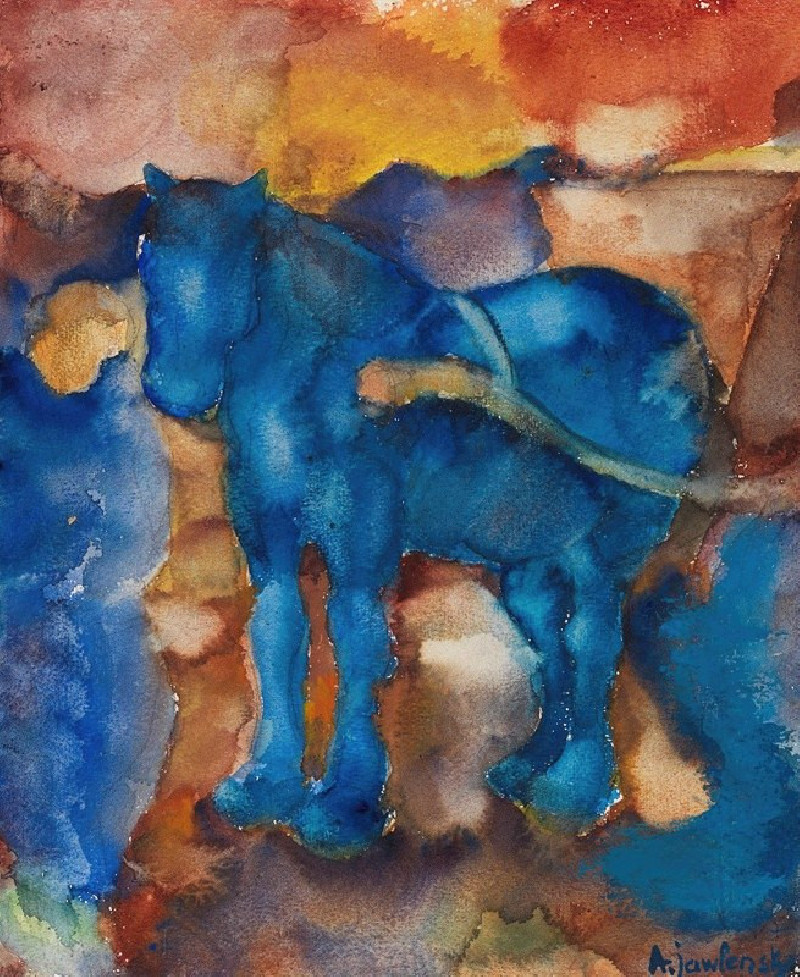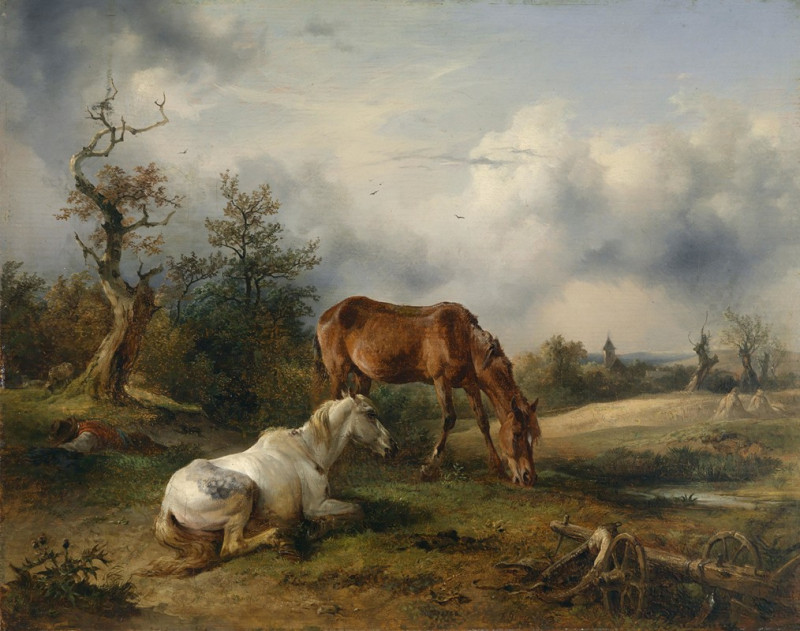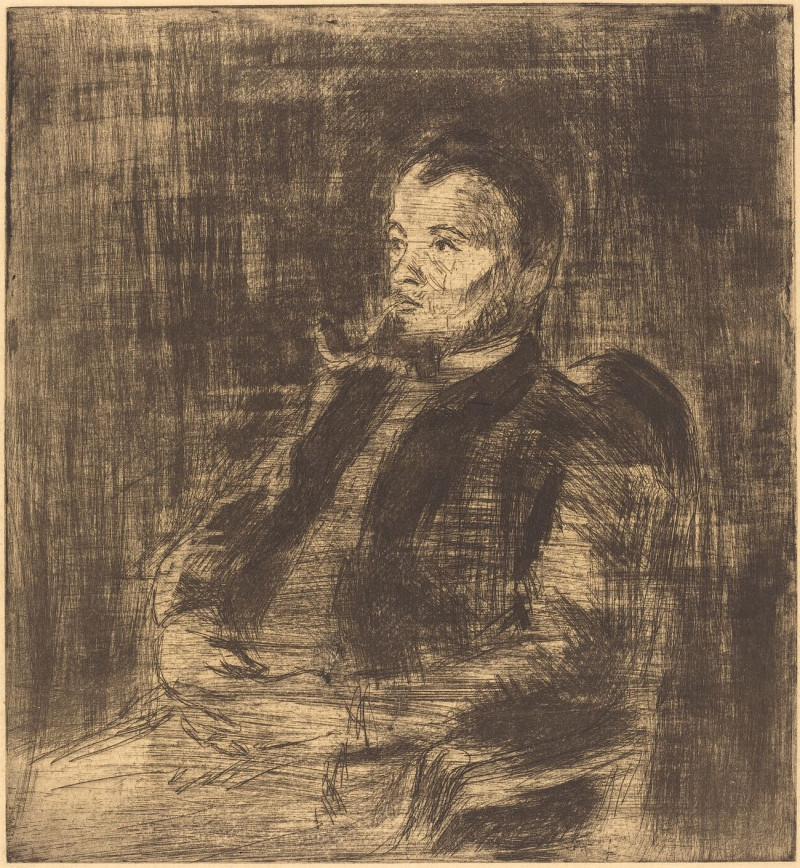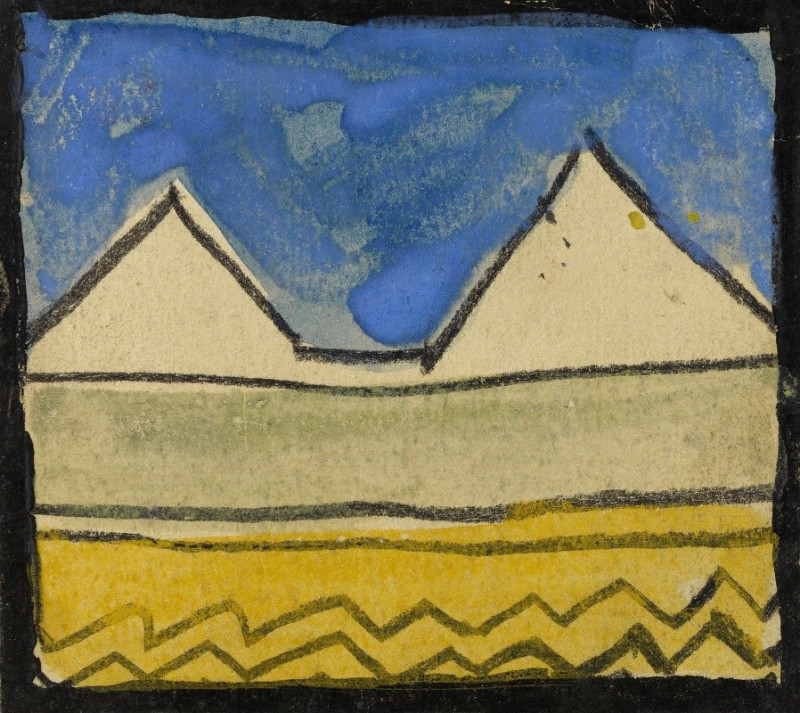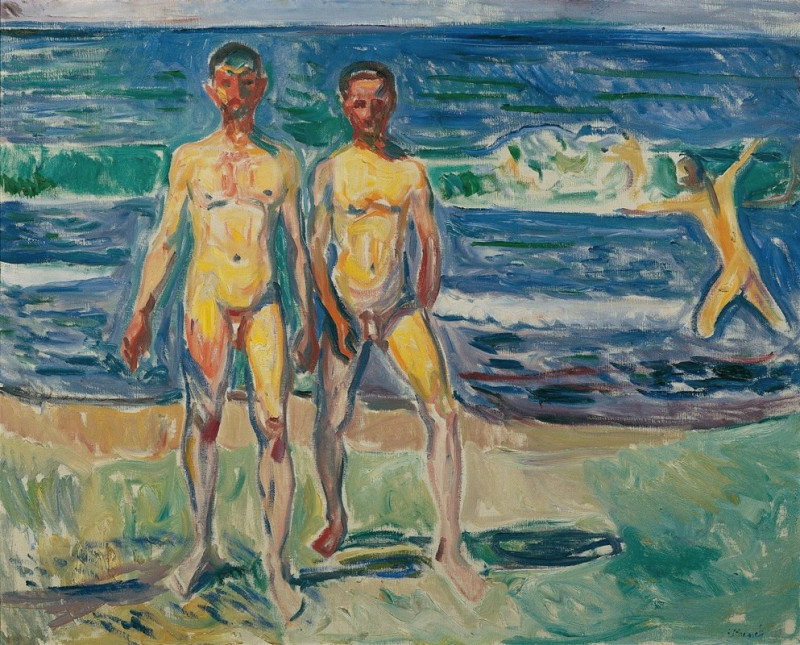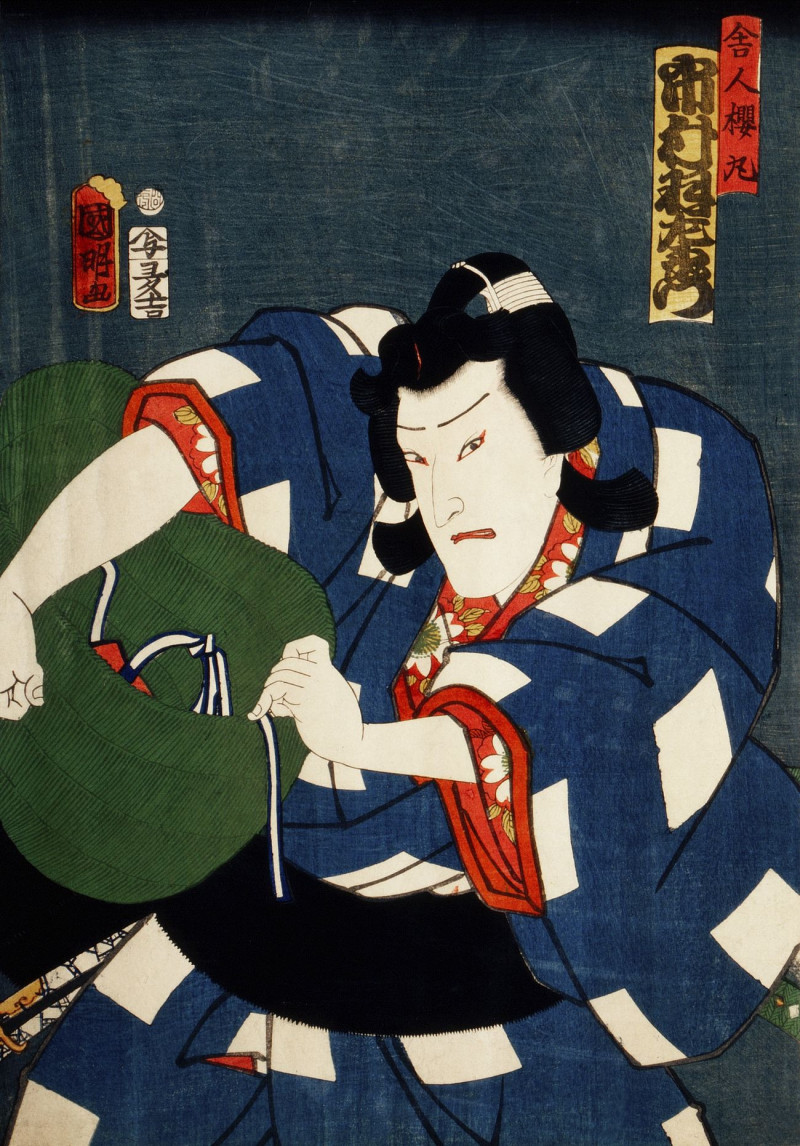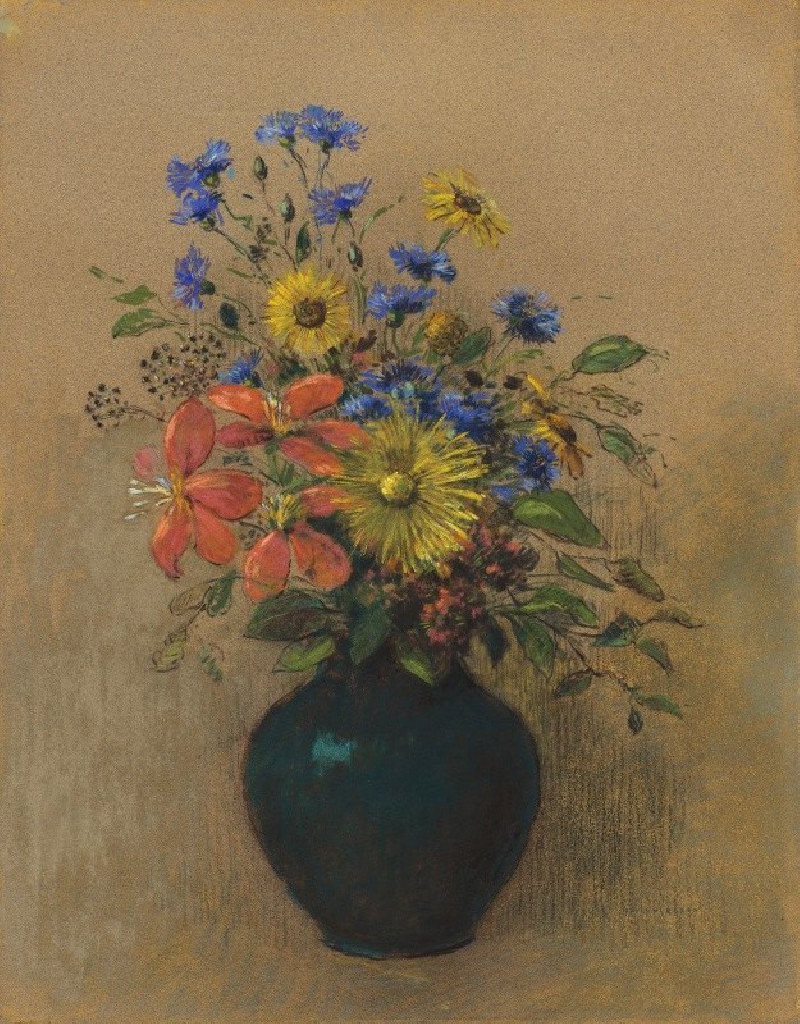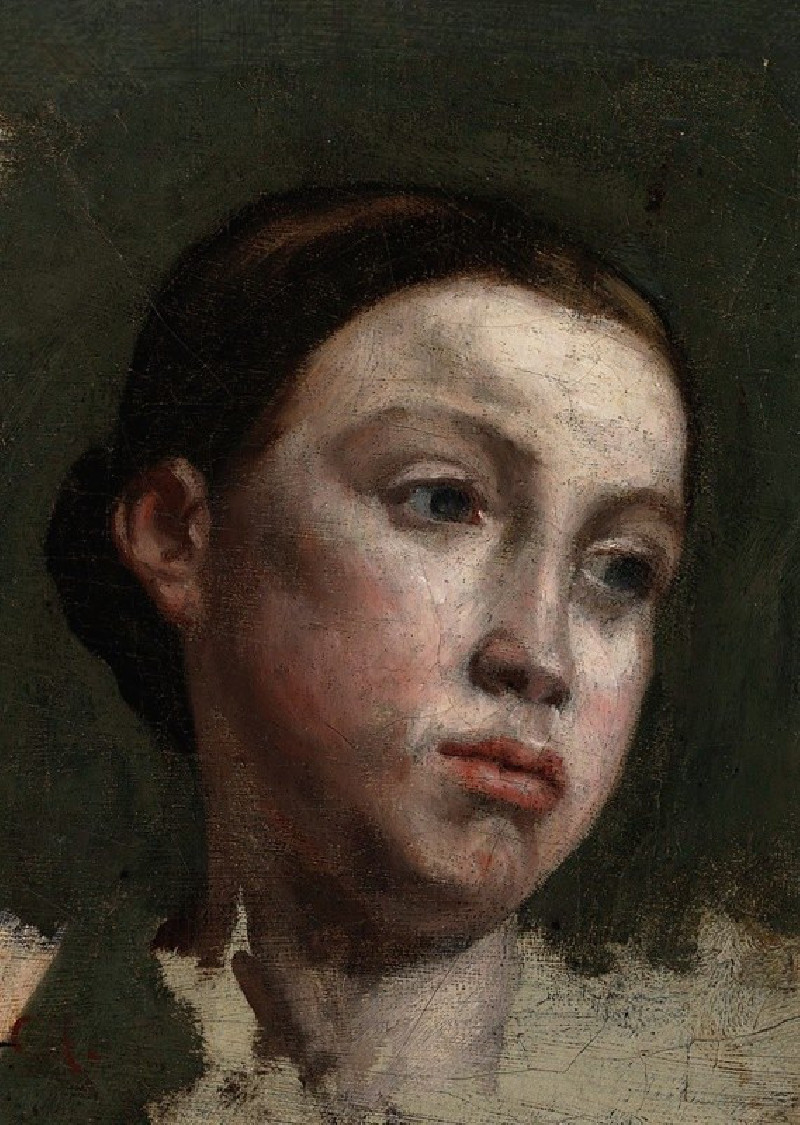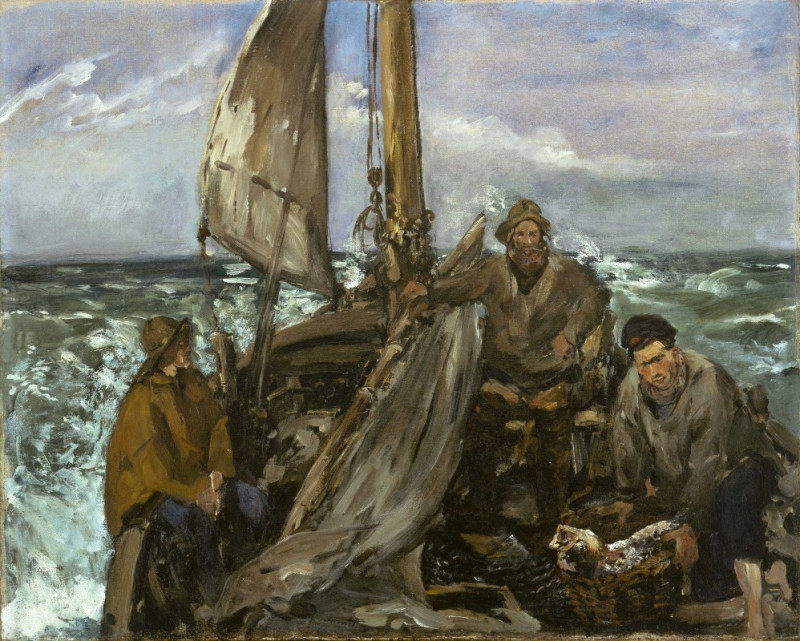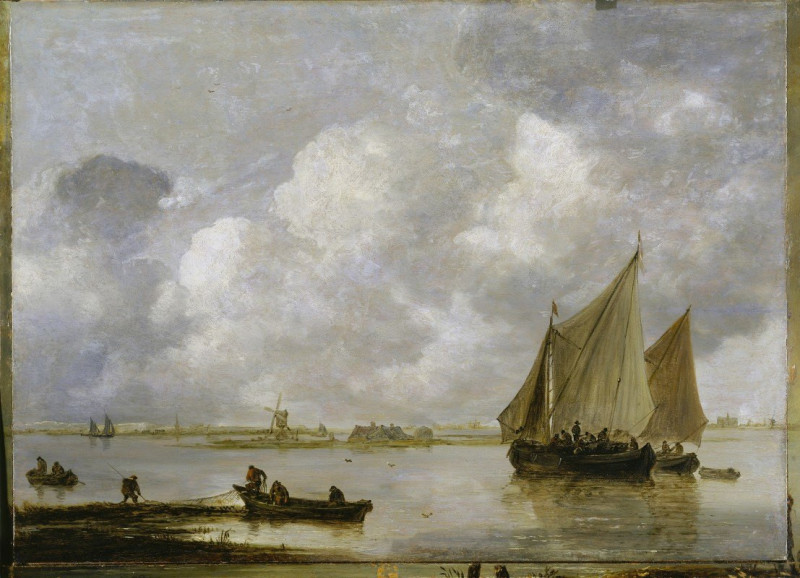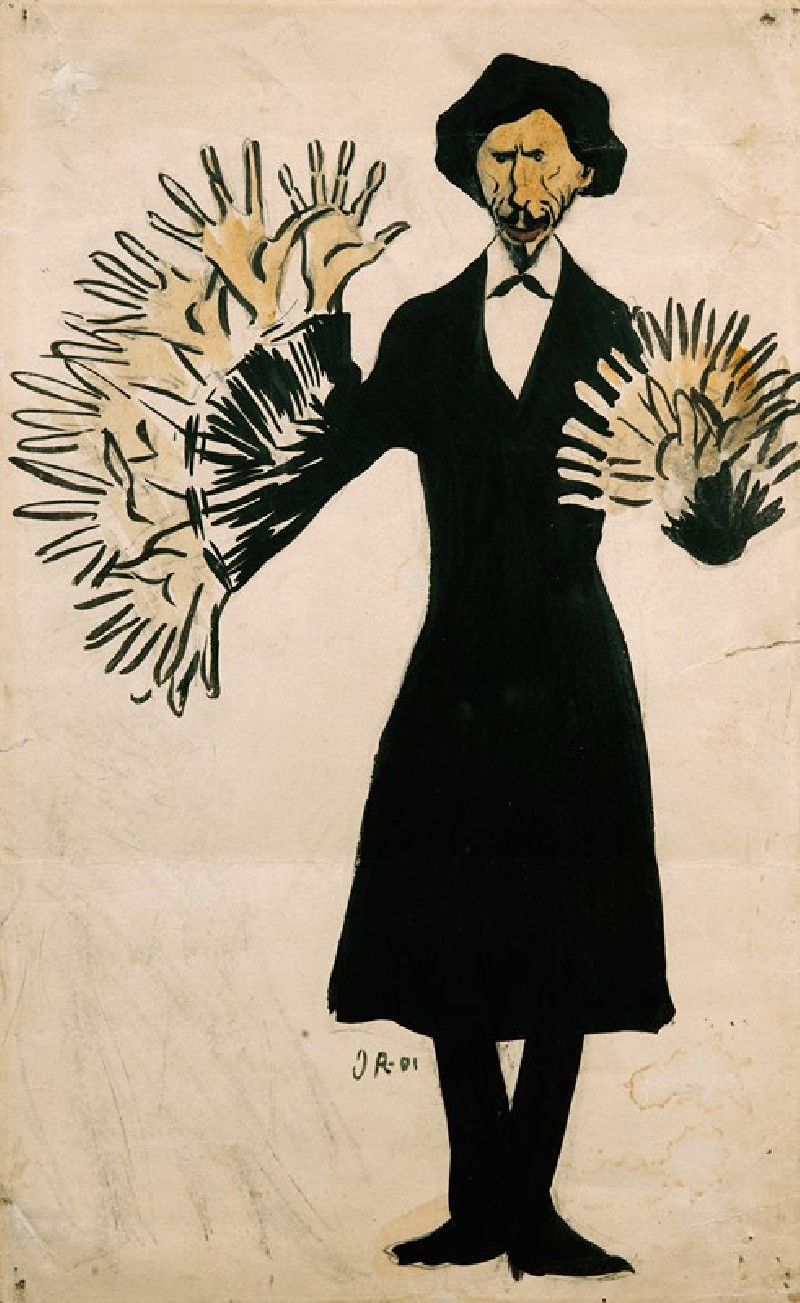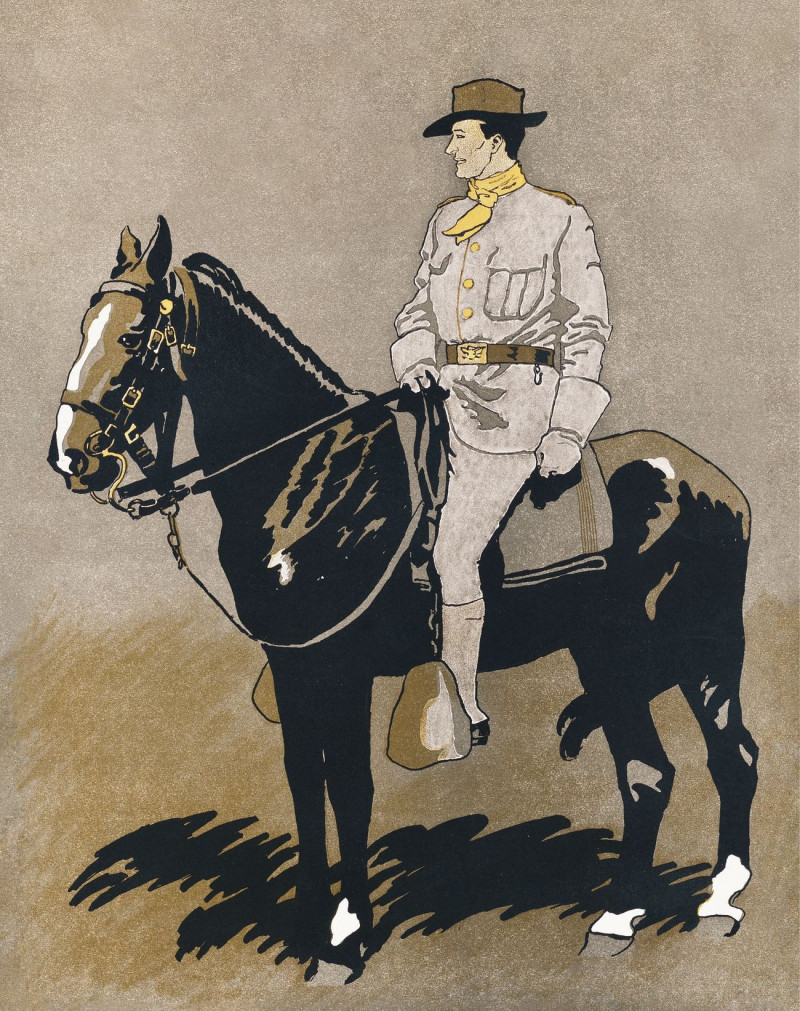Markhorgeit (1915)
Technique: Giclée quality print
Recommended by our customers
More about this artwork
Samuel Jessurun de Mesquita, a significant yet often under-recognized figure of the early 20th-century European art scene, presents an intriguing woodcut titled "Markhorgeit" from 1915. This artwork showcases a singular, stylized depiction of a markhor, a species of wild goat known for its impressively twisted horns. The markhor stands gracefully poised against a stark, minimalistic background, exuding an aura of quiet strength and mystical charm.The exquisite details of the animal's fur are captured through labor-intensive woodcut techniques, boasting intricate, densely packed lines that provide both texture and shadow. The markhor's face and horns are rendered with particular attentiveness, emphasizing their natural spirals and unique geometric beauty. De Mesquita's composition skillfully balances the natural subject with an almost decorative border, featuring bold black lines and patterns that frame the central figure, adding a touch of elegance and formality to the naturalistic scene."Markhorgeit" is not just an artistic portrayal of wildlife but a stellar example of de Mesquita's expertise in woodcut printmaking.
Delivery
Returns
Samuel Jessurun de Mesquita was a Dutch graphic artist active in the years before the Second World War. His pupils included graphic artist M. C. Escher (1898–1972). A Sephardic Jew, in his old age he was sent to Auschwitz by the Nazis, where he was gassed along with his wife. After the war, de Mesquita was largely forgotten.

